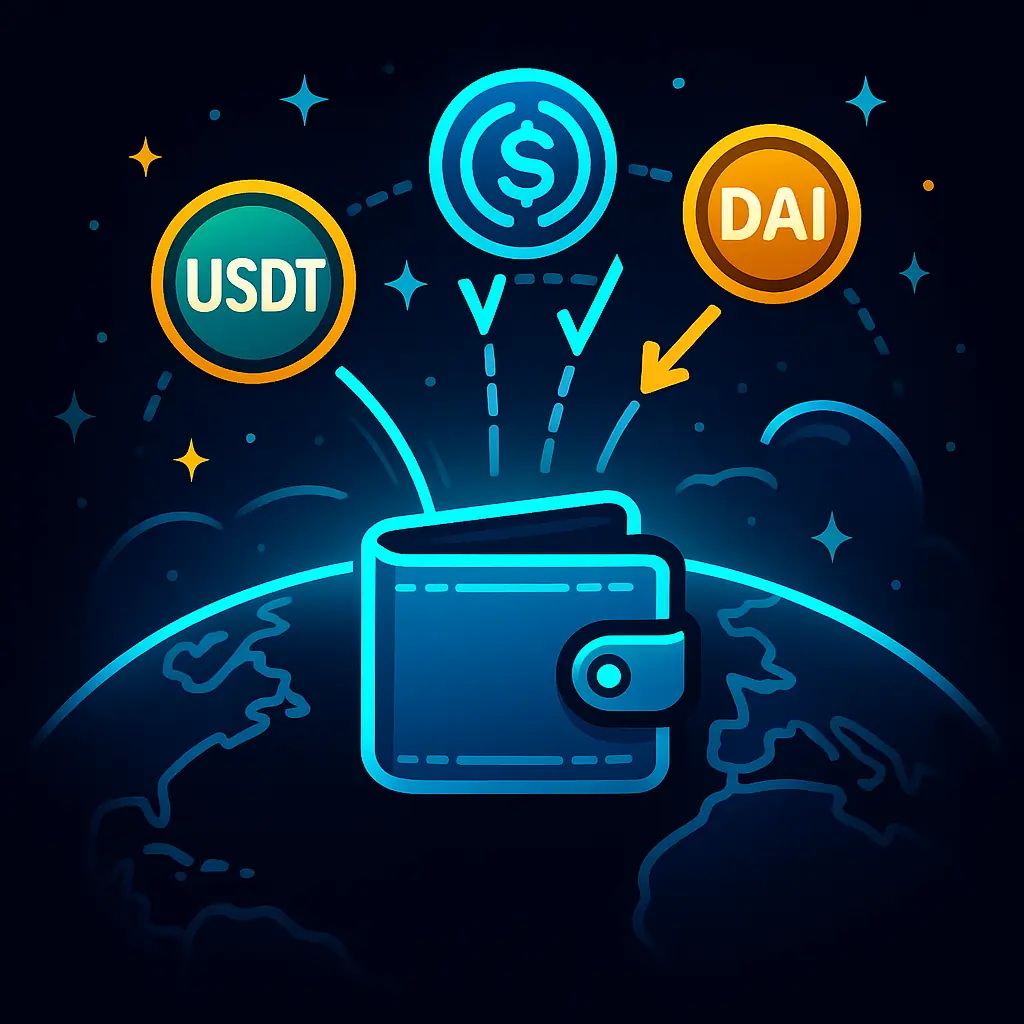Every year, migrant workers send over $600 billion back home to their families. But here’s the catch: traditional remittance services like Western Union or MoneyGram often charge 5–10% in fees and take days to settle. That’s billions of dollars lost to middlemen. Enter crypto remittances — using stablecoins and blockchain rails to move money globally in minutes, for cents, not dollars. In 2025 and beyond, crypto isn’t just about trading bags; it’s reshaping how families eat, pay bills, and survive.
Why Remittances Matter
- Africa: In Nigeria and Kenya, remittances make up over 5% of GDP.
- Latin America: Mexico received over $60B in remittances in 2023, much of it from the US.
- Asia: The Philippines, India, and Nepal rely heavily on money sent by overseas workers.
Fees eat into all of this. Sending $200 from the US to Africa via Western Union? You might lose $15+ in fees. With crypto? Less than $1.
Why Stablecoins Are the Key
Bitcoin and Ethereum are great, but their prices swing too hard for remittances. That’s why stablecoins rule this space.
- USDT (Tether): Biggest by volume, especially in Africa and LatAm.
- USDC: Regulated, widely used in Europe and the US.
- DAI: Decentralized option, though less mainstream.
Stablecoins track the US dollar but move like crypto — 24/7, no bank holidays, no middlemen.
How Crypto Remittances Work
- Sender buys stablecoins (USDT/USDC) on an exchange like Binance, Coinbase, or a local P2P marketplace.
- They send it directly to a family wallet — usually via Binance Pay, Trust Wallet, or even WhatsApp integrations.
- Recipient swaps to local currency using P2P, ATMs, or spends directly with crypto debit cards.
The whole process takes minutes. Compare that to waiting 3–5 business days with banks.
Real-World Examples
- In Nigeria, Binance P2P became the #1 channel for remittances when banks restricted USD access. Families now receive USDT directly and swap into naira instantly.
- In Argentina, where inflation passed 100%, remittances in USDT are safer than pesos. Families literally save their wealth by holding stablecoins instead of local currency.
- In El Salvador, Bitcoin Lightning is used by thousands for instant remittances from the US. Some towns have merchants who only accept BTC now.
Pros of Crypto Remittances
- Lower fees: $1 vs $10+ on average.
- Speed: minutes, not days.
- Access: no need for a bank account. Just a phone with internet.
- Security: no risk of funds “held” by shady middlemen.
Cons and Challenges
- Volatility risk if you use non-stablecoins.
- On/off ramps still require exchanges or P2P markets.
- Regulations vary — some countries are cracking down on crypto inflows.
- Tech barriers: not everyone is comfortable using wallets and QR codes.
The Future of Remittances
- Stablecoins will dominate. Expect USDT and USDC to replace a big chunk of Western Union flows.
- Lightning Network will expand beyond El Salvador, with Strike leading adoption in Latin America and the US.
- Direct merchant payments will grow. Families won’t need to cash out — they’ll spend stablecoins directly at shops.
- Central Bank Digital Currencies (CBDCs) might compete, but stablecoins already have first-mover advantage.
Final Thoughts: From Fees to Freedom
Crypto remittances aren’t hype — they’re happening now. Families across Africa, LatAm, and Asia are skipping banks and middlemen, moving money with stablecoins faster and cheaper than ever.
If you’re a degen sending USDT to gamble on Solana, cool. But remember: the same tech is helping millions survive hyperinflation, dodge predatory fees, and actually keep the money they earn.
Crypto isn’t just a casino — it’s becoming the global money rail. And for remittances, it’s already a game changer. Wagmi. 🌍🚀


